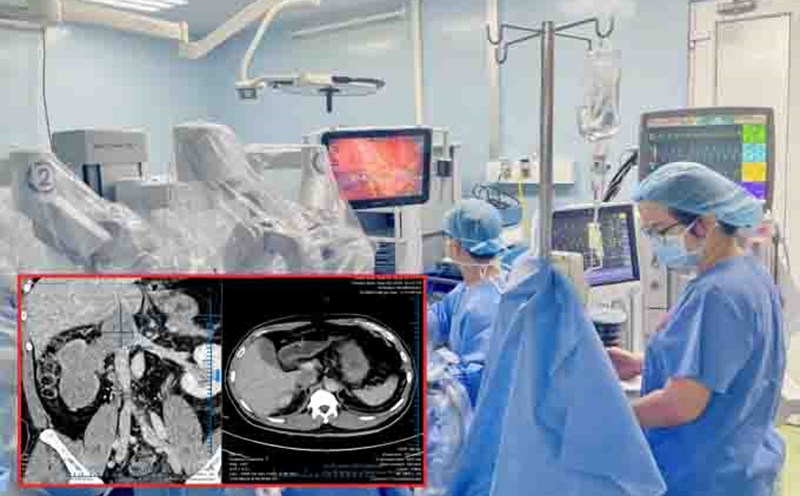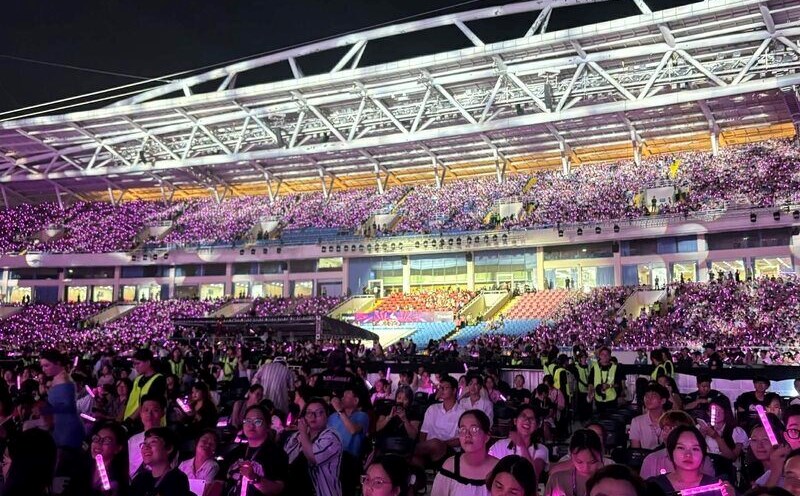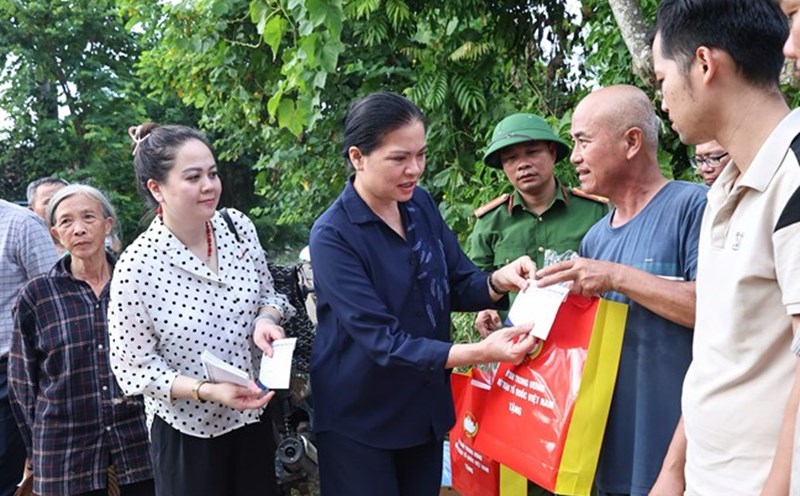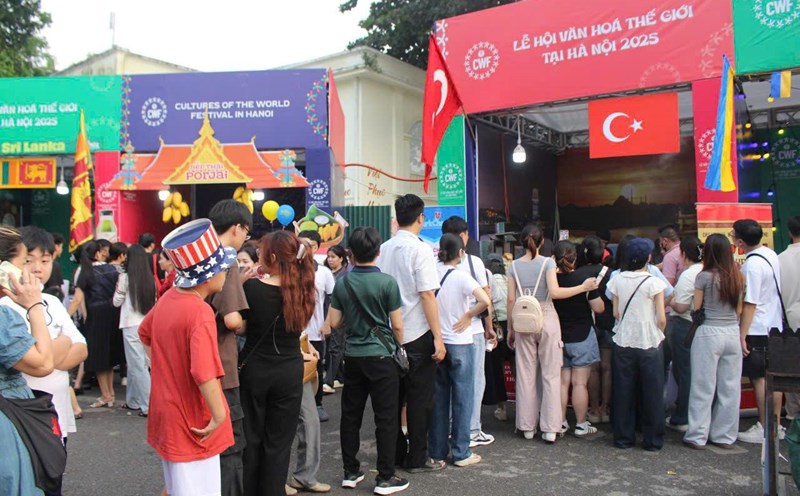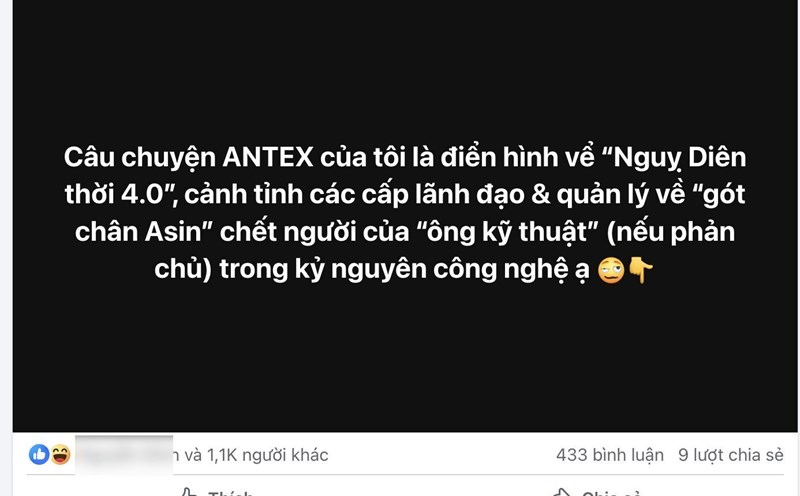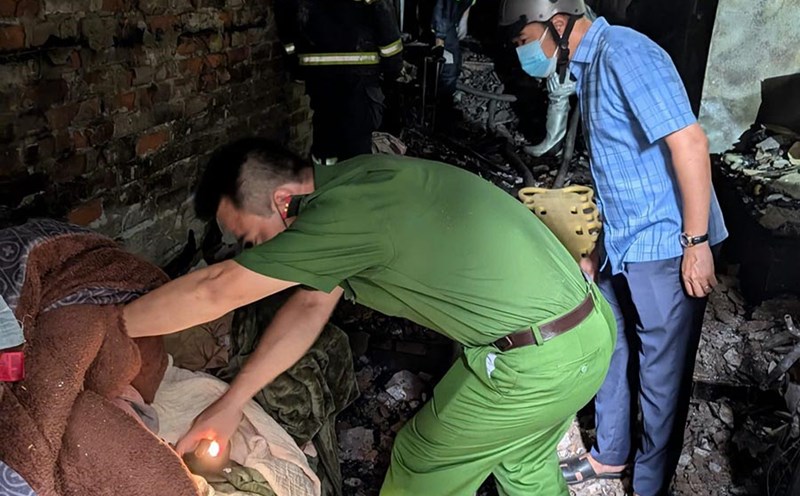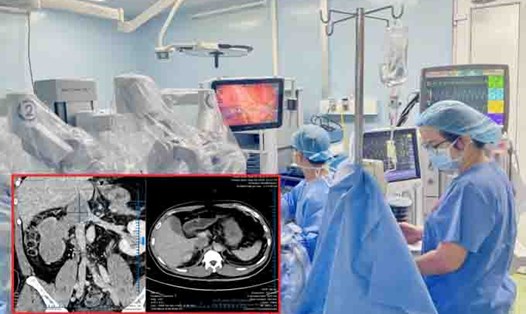On October 11, Ho Chi Minh City University of Medicine and Pharmacy Hospital announced that it had successfully performed the first transplants of the value-added nerve estimator (VNS) in Vietnam on a patient with resistant amenorrhea. The 17-year-old male patient started a menstrual attack that lasted for 15 years. Despite internal medicine and surgery, the symptoms of seizure still appeared 5 - 10 times a day.
This surgery was conducted in the form of direct pathology in a scientific conference on Minimum Invasion Surgery for the treatment of resistant periodicals in the new era.
According to Dr. Truong Thanh Tinh - Head of the Neurological Surgery Department of Ho Chi Minh City University of Medicine and Pharmacy Hospital, the surgery not only marked an important step forward in the treatment of eczema in Vietnam but also opened up a long-term development orientation for the domestic Neurological Surgery industry.
In the coming time, the combination of minimalist invasive surgery and advanced technologies such as artificial intelligence, virtual reality or new-generation neuropath equipment will help expand treatment capabilities, bringing better life opportunities to many people with resistant drug-resistant acidosis.
In addition to outstanding advantages, doctors also pointed out the challenges in widely deploying the technique, from treatment costs to equipment and human resource requirements.
Associate Professor, Dr. Nguyen Minh Anh - Deputy Director of Ho Chi Minh City University of Medicine and Pharmacy Hospital - emphasized that drug-resistant seizures are one of the major challenges of current medicine, seriously affecting the health and quality of life of patients. While internal medicine treatment is the foundation, there is still a significant proportion of patients who do not respond to medication and need outpatient intervention methods.
The technique of transferring the attentional nerve (VNS) is a method of using a transplant device to stimulate electricity to the attentional nerve, thereby regulating brain activity and reducing the frequency and severity of seizures. The procedure is highly safe, less invasive, has a quick recovery time and can especially expand the indication to many different groups of patients.

